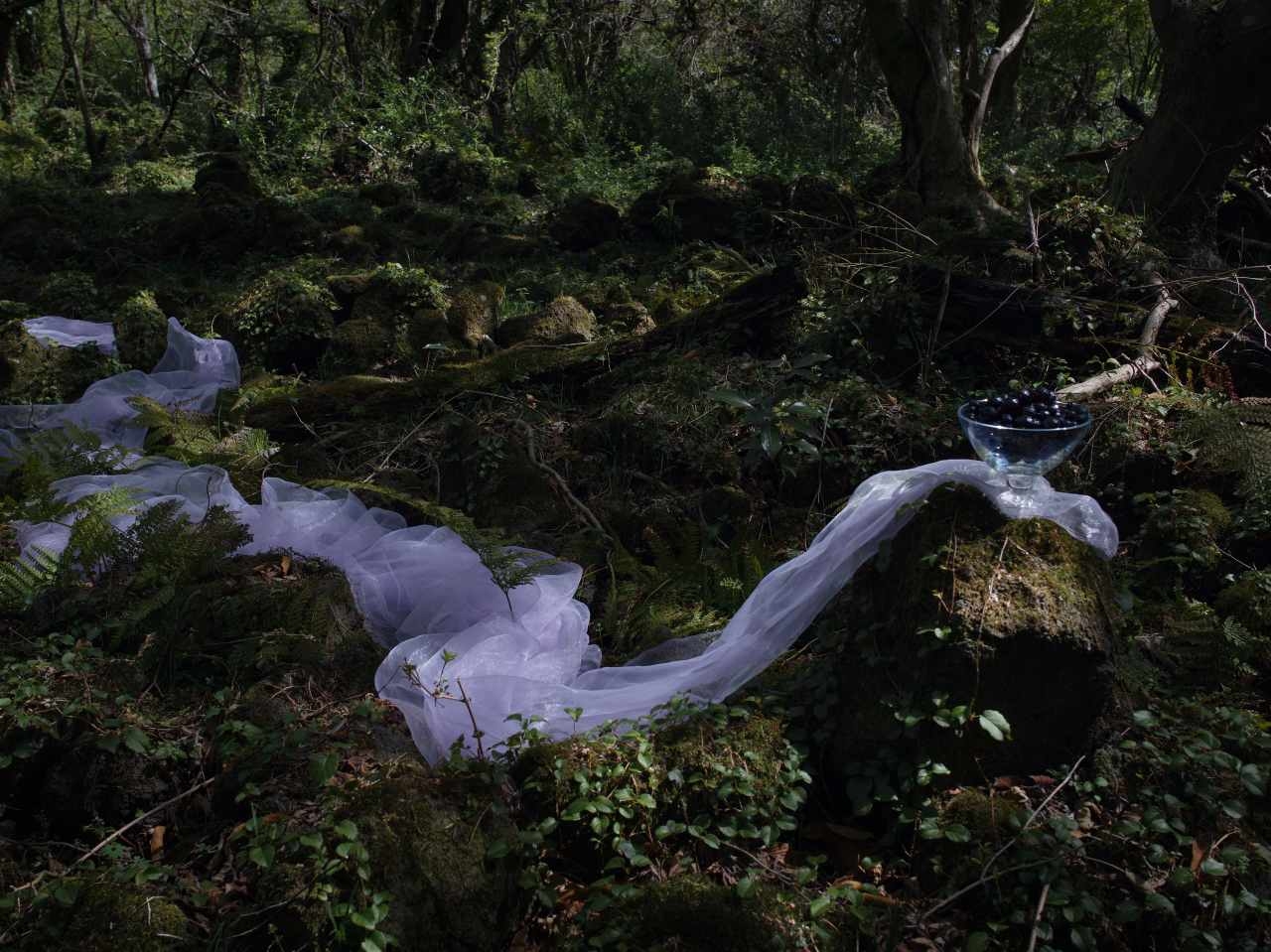In the months since COVID-19 has emerged as an international pandemic, South Korea has transformed itself from an early hotspot for the outbreak into a paradigm for proactive health policies, widespread testing and near-universal public adherence to preventive measures to slow the spread of the virus. The Korean art sector, however, has been hit particularly hard, with the closure of the country’s public art museums ordered by the Ministry of Culture in late February; they have yet to reopen. Private museums and large commercial galleries followed suit shortly thereafter, resulting in a rather desolate cultural landscape in Seoul during the month of March. Nevertheless, several prominent smaller spaces remained open, including Lehmann Maupin (Erwin Wurm), One and J. Gallery (first a solo show by Kichang Choi and currently Light and Crystalline, featuring Seeun Kim, Noh-wan Park, Sikyung Sung, Heemin Chung and Heejoon Lee) and Space Willing N Dealing (Future is, a group show of videowork by an international lineup). Elsewhere, VR experiences were rolled out by Jason Haam Gallery (Charles Ritchie) and Barakat Contemporary (Peles Empire), while the National Museum of Contemporary Art has uploaded curator-led walkthroughs of its exhibitions on YouTube.
By and large, exhibitions that were planned to open in early March have been postponed; however, as the number of new COVID-19 cases continues to show signs of levelling off, many contemporary art venues are beginning to quietly reopen. Notable shows to go on view in recent weeks include solo presentations by Hwayeon Nam at Art Sonje Center, Sen Chung at OCI Museum of Art, Park Youngsook at Arario Gallery, Bek Hyunjin at P21 Gallery and Tobias Rehberger at Gallery Baton, as well as group shows at Ilmin Museum of Art and Kumho Museum of Art. Of course, vernissages and other public programmes remain out of the question for the time being, and everywhere visitors are required to wear protective masks.
On the market side of things, commercial galleries in Seoul find themselves facing significant setbacks as a result of the COVID-19 pandemic. The cancellations of last month’s Art Basel Hong Kong and Art Central HK led to disappointing outcomes for Korean galleries, who are reporting sales numbers (through virtual booths hosted by each fair’s online platform) at levels well below prefair projections. Korea’s second-largest domestic art fair, Art Busan, was postponed from mid-May to early November—when it will compete with the myriad other international art fairs bound to be similarly rescheduled. Notwithstanding these dismal developments, a sense of normalcy prevailed in domestic auctions, which seemed largely unaffected by the chilling economic effects of the virus, with the country’s two leading houses, Seoul Auction and K Auction, realising sell-through rates of 60 percent and 67 percent, respectively, at their March sales. As always, death, divorce and debt remain the driving forces of the auction market; but in light of present times, perhaps the old adage of the three Ds should be revised to include two more: disaster and distancing.
First published online 1 April 2020
